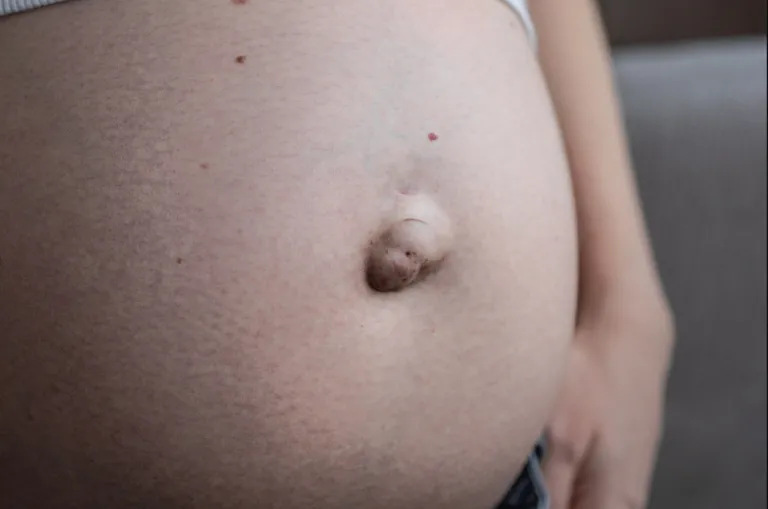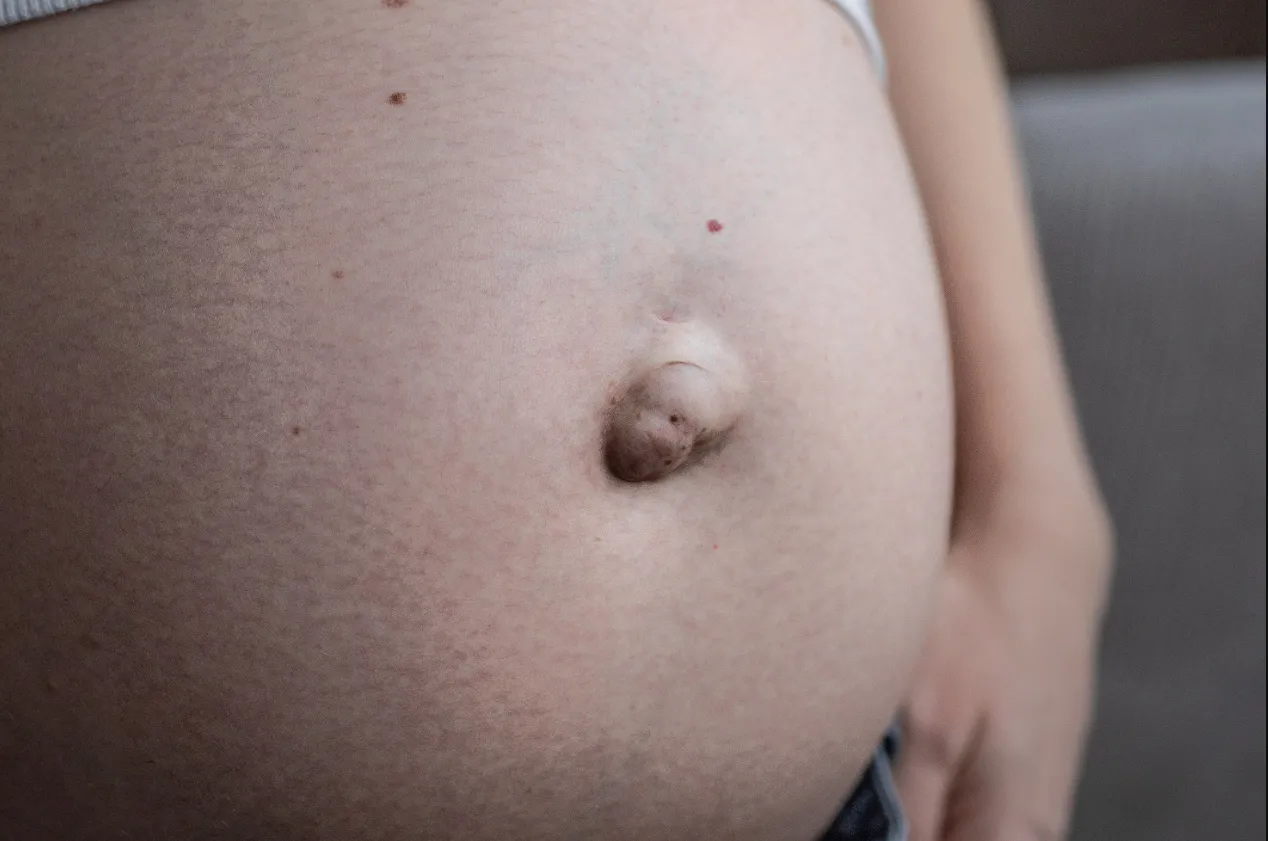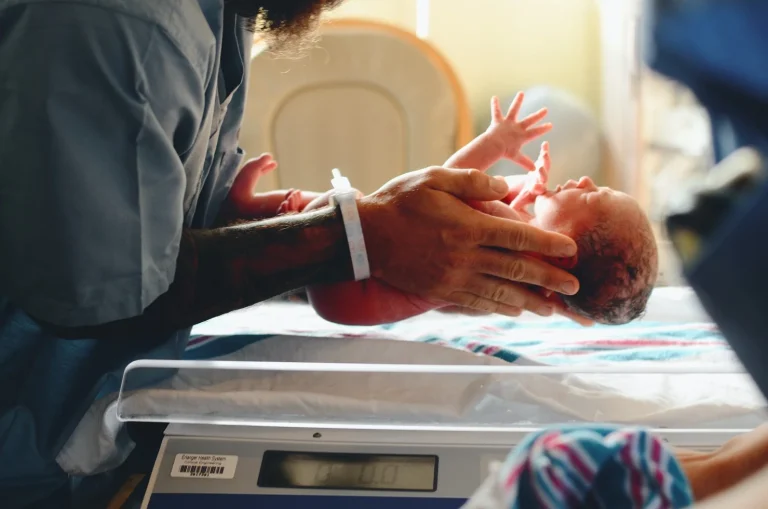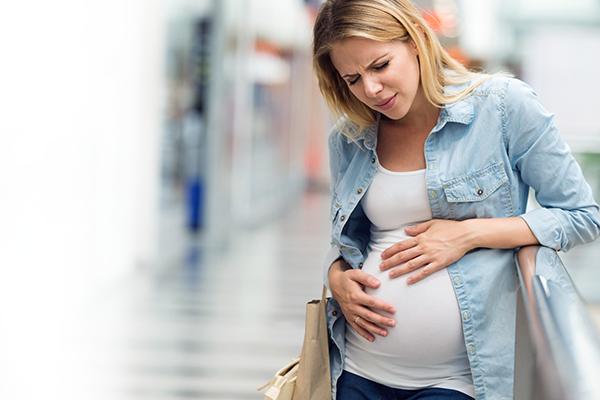An umbilical hernia is a condition that can cause concern in a pregnant woman. Although in most cases it is not dangerous, it is useful to know when to go to the doctor with it. What are the causes and symptoms of umbilical hernia in pregnancy?
Umbilical hernias in pregnancy – Causes
Umbilical hernia is the displacement of the contents, in this case the abdominal cavity, through the pathological opening in the abdominal wall. It is caused by weakening of the tissue that builds the anterior abdominal wall. It is worth mentioning that pregnancy is a condition that favors the occurrence of this very disease. This is mainly due to the increasing pressure in the abdominal cavity caused by the growing uterus. This leads to pressure on the abdominal wall and consequently to stretching of the abdominal organs. Hormones such as relaxin also play an important role, as they additionally relax the ligaments and thus facilitate the detachment of the abdominal wall.
Umbilical hernias in pregnancy – symptoms
An umbilical hernia manifests as an outpouching of the abdominal wall, which may contain fatty tissue or organs such as the intestines. Usually it is painless, but there are situations when pain may occur. It is worth paying attention to them because they can indicate an immediate threat to a woman’s health or even her life. In case of symptoms such as nausea and vomiting, bloating and abnormal bowel movements, as well as severe abdominal pain, it is necessary to go to the emergency room of a hospital as soon as possible, as they may be symptoms of an incarcerated hernia. This happens when there is a piece of intestine in the hernia sac. In most cases, its mere presence is not dangerous, but sometimes the fragment can become ischemic, followed by necrosis and obstruction of the gastrointestinal tract.
Umbilical hernias during pregnancy – treatment
In most cases, an umbilical hernia remains asymptomatic and does not require surgery. Surgery, which is the method of choice for the treatment of inguinal hernias, usually takes place as an elective procedure after the end of pregnancy. In most cases, the procedure involves opening the abdominal wall under general anesthesia, draining the hernia contents into the abdominal cavity, and suturing a special mesh to the site of the hole from which the hernia protrudes. This is to prevent the disease from recurring. This is a relatively simple and short procedure. In the case of the above-mentioned obstruction due to an incarcerated inguinal hernia, ostrodynamic surgery is required, and the extent of the surgery depends on the degree of organ ischemia and may include removal of the necrotic gastrointestinal tract.
Umbilical hernia after pregnancy
Surgery for an umbilical hernia that occurred during pregnancy is usually performed about 3-6 months after delivery. Of course, the situation of each patient is considered individually, so the time period may vary. However, an umbilical hernia can also occur in the postpartum period or at any other time after pregnancy. It is worth noting that pregnancy can significantly weaken the muscle sheath and promote the formation of this type of hernia even after delivery. However, the accompanying symptoms and treatment are the same as for the duration of pregnancy.











